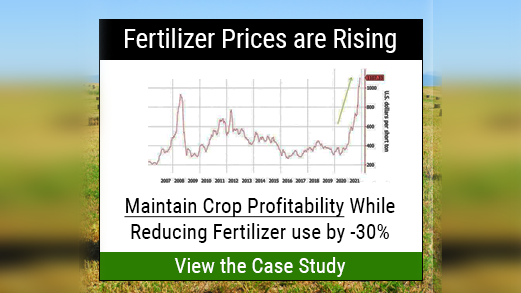California’s Citrus Belt Expects 9% Orange Production Increase
So far, California’s Central Valley orange growers are coping with the drought — and how.
The 2015-16 California Navel Orange Objective Measurement Report released recently forecasts the upcoming navel crop to be 86 million 40-pound cartons. Of the 86 million cartons, 83 million are projected to be produced in the three-county Central Valley region, sometimes referred as the state’s Citrus Belt.
That 83 million represents an 8.5% increase over the 76 million cartons harvested last year. The varieties forecast in the report include conventional, organic, and specialty navel oranges.
The USDA-National Agricultural Statistic Service conducts the crop survey in cooperation with the California Department of Food and Agriculture and generates its projections based on random sampling of the number of fruit per tree, fruit size, combined with historical information and then using statistical formulas to produce the estimate.
In this year’s survey the fruit count per tree in the Central Valley is 412, up 19% from the previous year, and 18.5% above the five-year average set of 336 fruit per tree. The average Sept. 1 fruit diameter was 2.248 inches, which is above the five-year average diameter of 2.230. The estimate is calculated on 2,000 fewer acres than last year.
California Citrus Mutual (CCM), a voluntary organization that includes most of the state’s growers, spoke with growers, packinghouse field men, and shippers prior to the report release, and they thought the crop was probably bigger than last year.
Fruit size was reported to be larger and fruit set, especially on late varieties, is better in most groves. The improved fruit size is attributed to timely rainfall and good growing conditions following petal fall last spring. Early rains this fall could result in additional growth that would equate to more cartons.
The external quality is very good and the extended periods of high temperatures this summer have increased Brix, so flavor is expected to be excellent this season. The crop is maturing well, with harvest expected to begin in early October.
CCM said the estimate is a reasonable starting point, considering the drought. The big variable will be the acreage number. Thousands of acres have been removed during the current drought. The 2,000-acre reduction used by USDA is probably conservative, according to CCM, in which case the crop will come in below this estimate.
Sources: California Citrus Mutual, USDA National Statistical Service









